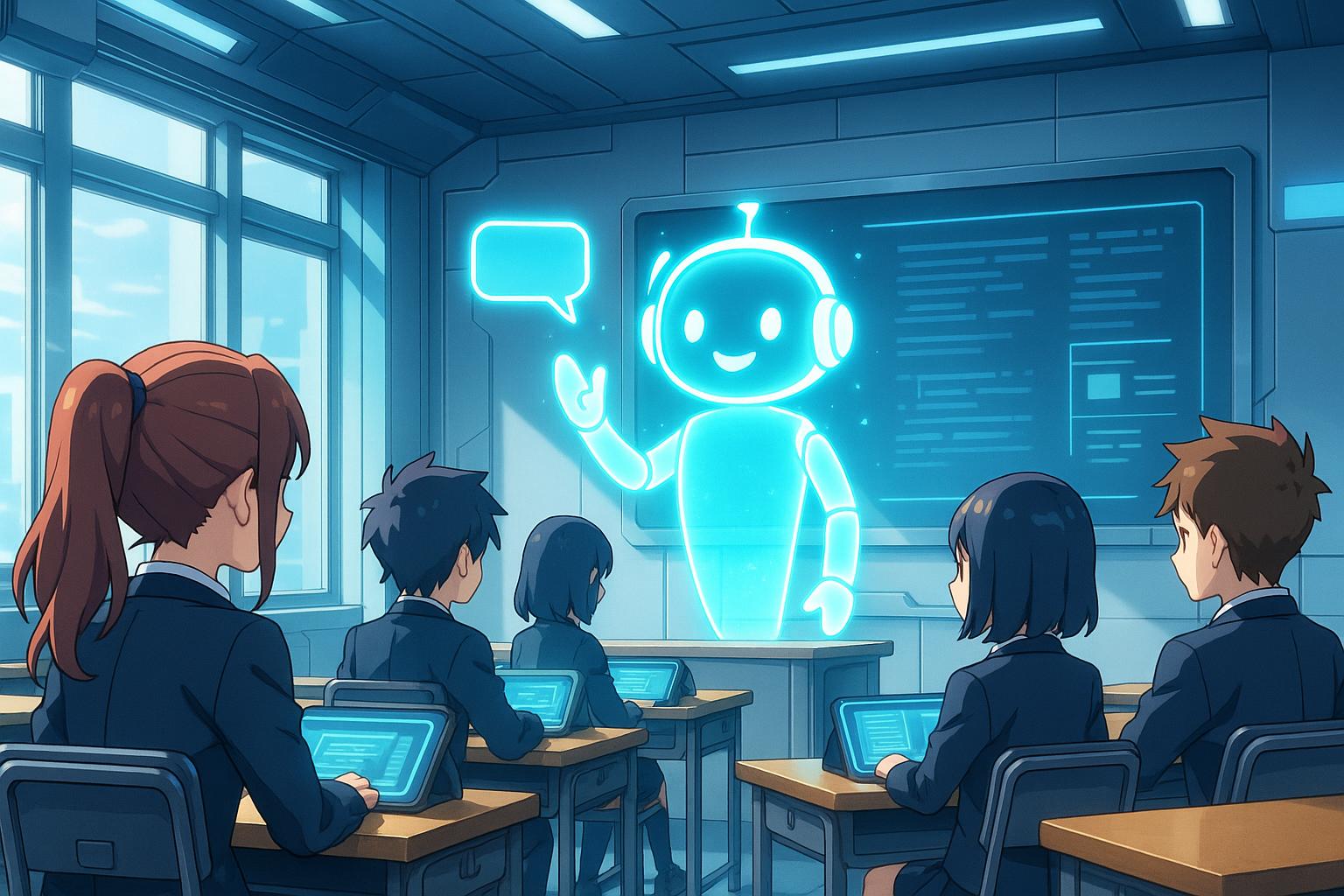The landscape of education is on the brink of a transformative shift, largely driven by advancements in artificial intelligence. Geoffrey Hinton, a leading figure often referred to as the 'godfather of AI,' envisions a future where AI-powered chatbots can teach children at rates significantly faster than traditional methods. Within the next decade, he predicts these intelligent systems will be able to educate students more than twice as efficiently as human tutors. Speaking on the matter, Hinton stated, “It’s not there yet but it’s coming, and so we’ll get much better education at many levels.”
This assertion is not without its implications, as the anticipated rise of AI in educational settings raises challenging questions about the role of human educators. Proponents of AI integration in learning environments argue that these systems are capable of personalising education in unprecedented ways. For instance, AI tutors can adapt lesson plans based on individual student needs and provide real-time feedback, which many believe will make learning more engaging and tailored to each pupil's unique understanding and pace. In London, some private schools have already begun testing AI-driven systems within 'teacherless' classrooms, directing students to learning coaches rather than traditional educators.
However, this enthusiasm is met with a healthy dose of skepticism. Critics warn that while AI technologies promise enhanced learning experiences, they may also become a source of dependency, detracting from the essential cognitive skills that students develop through human interaction and critical thinking exercises. A recent study by the Wharton School highlights this concern, revealing that high school students utilising generative AI for exam preparation performed worse in actual tests compared to peers who did not use AI tools. This finding underscores the necessity for cautious deployment of such technologies within education to ensure that students genuinely absorb and understand the material rather than relying on instant solutions.
Moreover, there are broader socio-economic implications entwined with the rise of AI tutors. As AI systems advance and become capable of performing tasks traditionally reserved for human educators—like marking assignments and drafting lesson plans—questions arise surrounding job security for teachers. While many argue that AI can alleviate burdensome administrative tasks, enabling teachers to focus on more meaningful interactions with students, others fear that this shift could lead to widespread job losses in the education sector. Indeed, a radical transformation in how education is delivered could render traditional university programs less relevant, particularly in technical fields, as Hinton warns that AI’s role may redefine learning paradigms entirely.
The government’s financial backing for AI education initiatives—which includes millions of taxpayer pounds—indicates a recognition of the potential benefits presented by these technologies. However, this push also raises concerns regarding the ethical implications and the safeguarding of students' data, especially as more schools embrace AI solutions without comprehensive oversight or policy frameworks. While the tech has the potential to democratise education and make high-quality learning resources accessible to a broader audience, the risks of exacerbating existing inequalities must be diligently considered.
As society stands on the cusp of this technological revolution in education, it is crucial to remain clear-eyed about the balance between human interaction and machine efficiency. AI may enhance educational experiences, yet it cannot replace the irreplaceable value that teachers provide through empathy, understanding, and nuanced guidance. Hence, a harmonious integration of AI into the classroom will require ongoing dialogue, thorough research, and strategic planning to ensure that the education system evolves in a way that benefits all stakeholders.
Reference Map:
- Paragraph 1 – [1], [5]
- Paragraph 2 – [1], [2]
- Paragraph 3 – [3], [4]
- Paragraph 4 – [6], [7]
- Paragraph 5 – [1], [2], [7]
Source: Noah Wire Services
